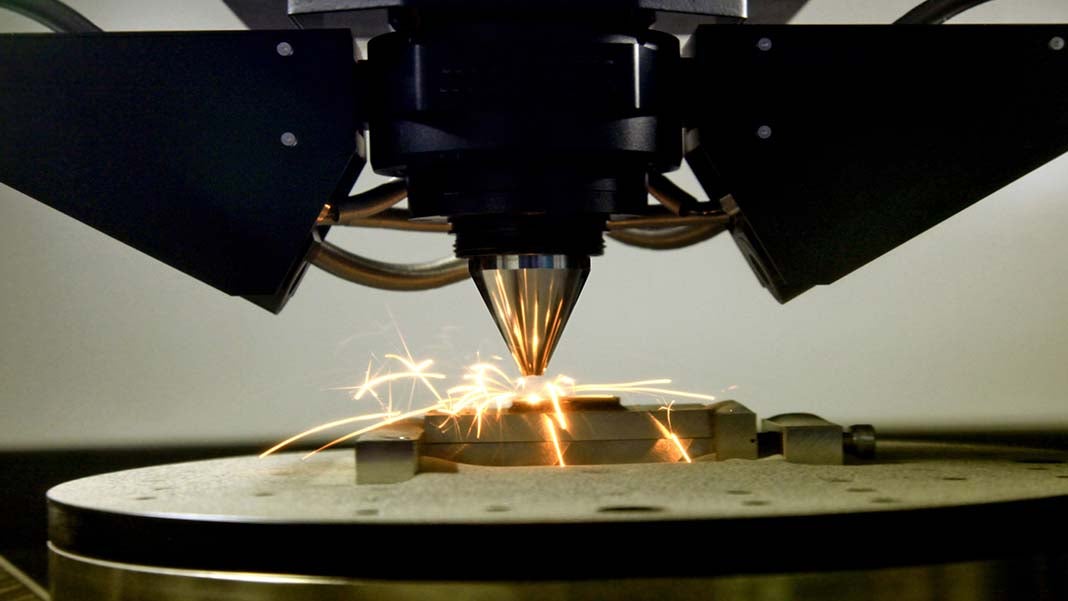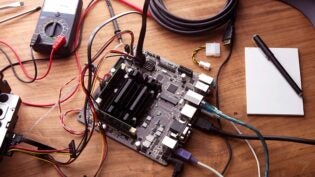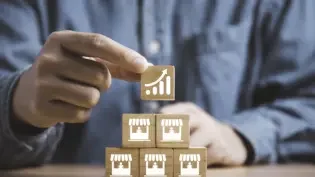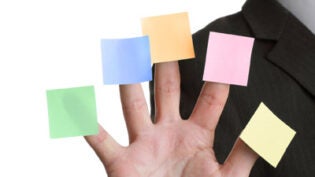Why You Should Use 3D Printing for Your First Prototype
By: SmallBizClub

Even for smart entrepreneurs with a great new product idea, an extensive business background, and a spot-on sales pitch, the manufacturing process can be unfamiliar and even a bit intimidating. Don’t be confused, however, into thinking that your first steps into manufacturing need to be difficult or expensive.
Step one of any manufacturing cycle should always be prototyping. This is where you can test every aspect of your product—including, most importantly, whether it’s viable for full production and sales. Not only can you test your product, you can also perfect it at this stage. Comprehensive, well-planned prototyping almost always results in a better product.
With traditional manufacturing, however, those numerous iterations can quickly get cost-prohibitive. An entrepreneur might even be tempted to move into full production with an imperfect product because the prototyping budget is gone.
Fortunately, the benefits of 3D printed prototypes can provide a solution. Nowadays 3D printing is a lot more accessible than it used to be. There are many businesses who offer a 3D printing service so you can get prototypes and even bulk initial orders ready pretty quickly. Read on to learn how 3D printing can benefit you:
Lower costs: Several of the following points will tie into this one, but the overall cost savings that 3D printing offers can’t be ignored. From faster setup times to cheaper materials with less waste, nearly every step of the 3D printed prototype process offers cost benefits over traditional manufacturing.
Faster prototyping: If you choose to prototype using, say, injection molding, you can expect to wait weeks, if not more, just for the mold for your product to be fabricated. You then need to wait for available machine time and machine setup, in addition to shipping. With 3D printing, the only setup is uploading your CAD file or other drawing, and letting the printer do its work—in as little as a few hours. You may even be able to cut down on shipping time by finding a local 3D printing facility.
More freedom in design: A major benefit of 3D printing is the versatility it offers: complex geometries, irregular shapes and more. Constructions that simply would not be achievable in other manufacturing processes can be easily produced via 3D printing, offering you much more flexibility and innovation as you design your product. Keep the next point in mind, however.
More grounding in reality: Conversely, the ease and speed with which you can obtain a 3D printed prototype let you quickly make a determination as to the manufacturability of your product, if you intend to use a traditional manufacturing process for your full production run. Seeing, handling and testing a tangible representation of the physical realities and practicalities of your product will let you know whether it’s able to be effectively produced in larger quantities.
More options for production: If you turn to 3D printing for prototyping, you may discover that it’s a preferable option for your full manufacturing run—if, for instance, your product is designed in such a way that it’s not able to be traditionally manufactured. You may even decide to tweak your inventory and business plan to revolve around a more on-demand production schedule. Such a plan can be especially applicable to things like consumer items sold online. The benefits of a zero (or low) inventory strategy on your bottom line can quickly become apparent.
Clearly, the benefits of 3D printing are many—so take these points into consideration, and get started on making your product a reality.
Author: Matt Davis is a team member at RevPart. RevPart is a custom rapid prototyping and low-volume manufacturing services company. Davis is an experienced product design engineer and plastic injection molding design “guru.”
2571 Views












